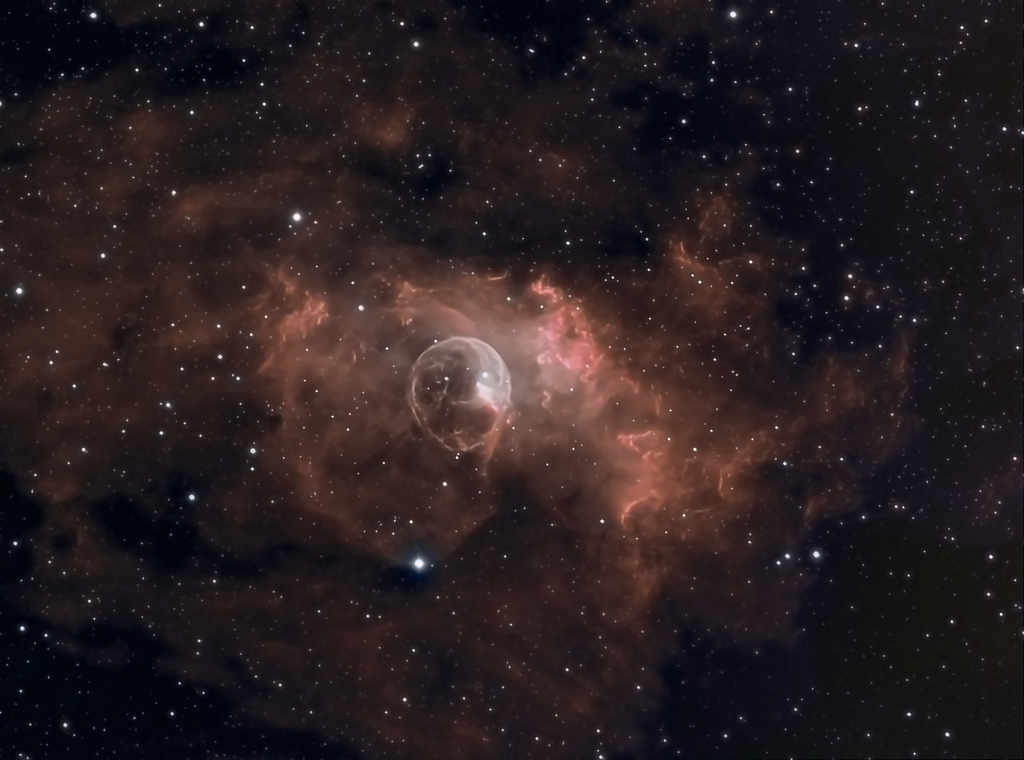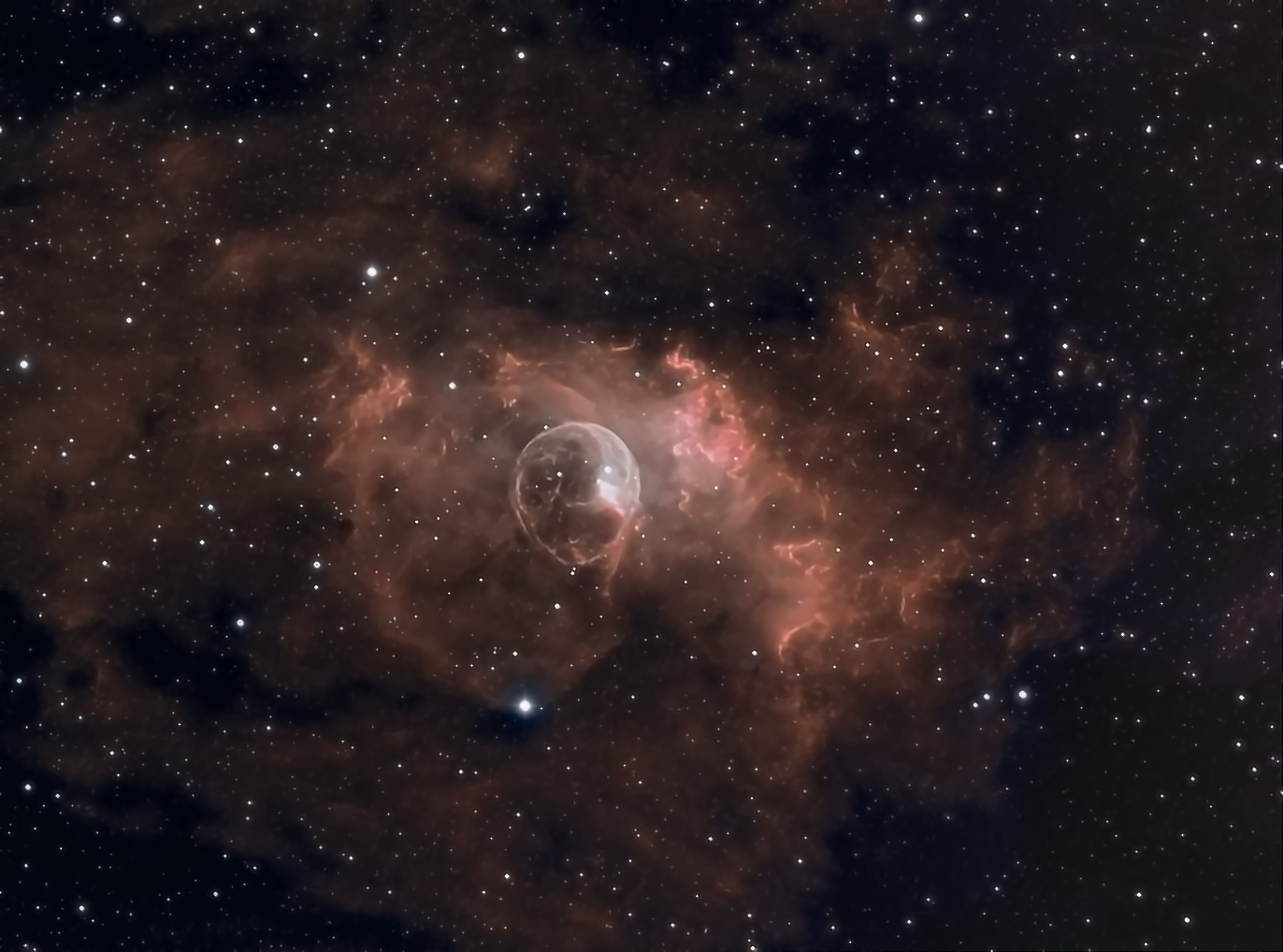
Similar Posts
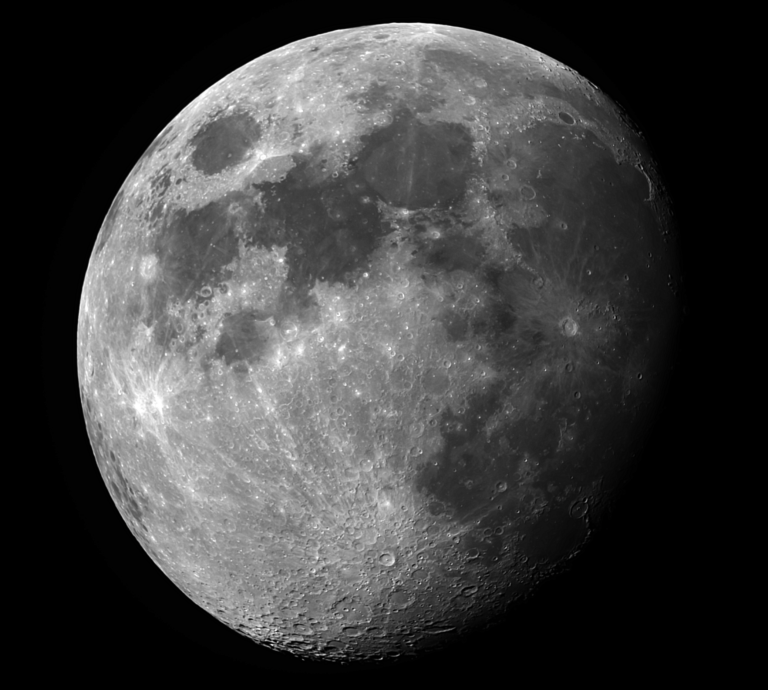
The Moon
Last weekend, I hosted an astrophotography workshop on lunar photography for our local astronomy club. Tonight the skies finally cleared, and I got to apply what was learned! Here’s our lunar neighbor, in hi-res glory.
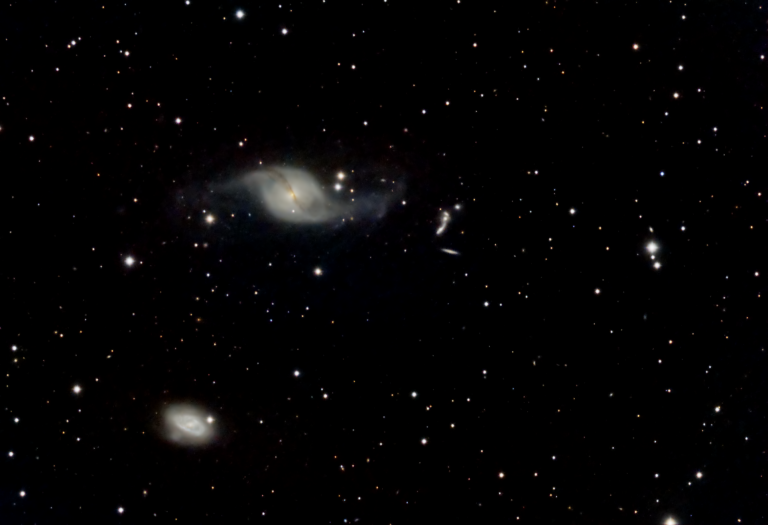
A really messed-up galaxy.
That twisted-up galaxy at the top is NGC 3718. We don’t actually know if it’s a spiral or a lenticular galaxy, because the galaxy below it, NGC 3729, appears to have warped it beyond recognition when it passed by it. Also look for the cluster of five more distant galaxies just to the right of…
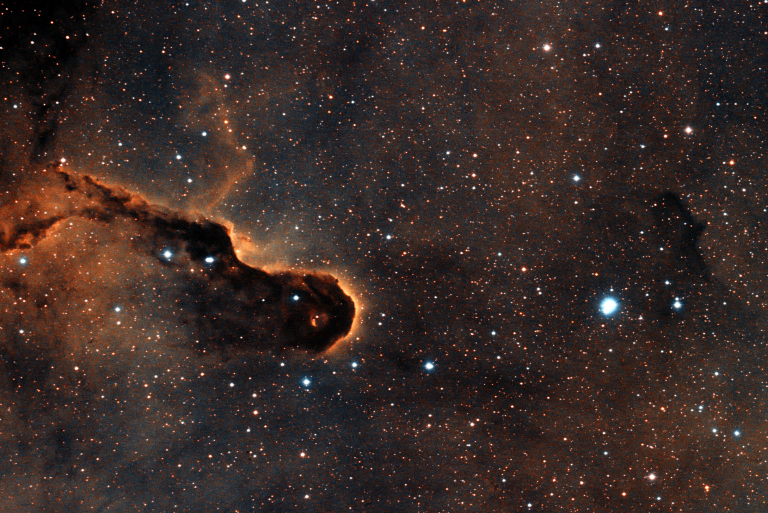
The Elephant’s Trunk
Formally IC1396, this cloud of interstellar gas and dust is thought to be an active site of new star formation. And with a little imagination, it kind of looks like an elephant’s trunk. There’s more to it than you see here, but I tried to get an interesting framing. From this angle we see a…
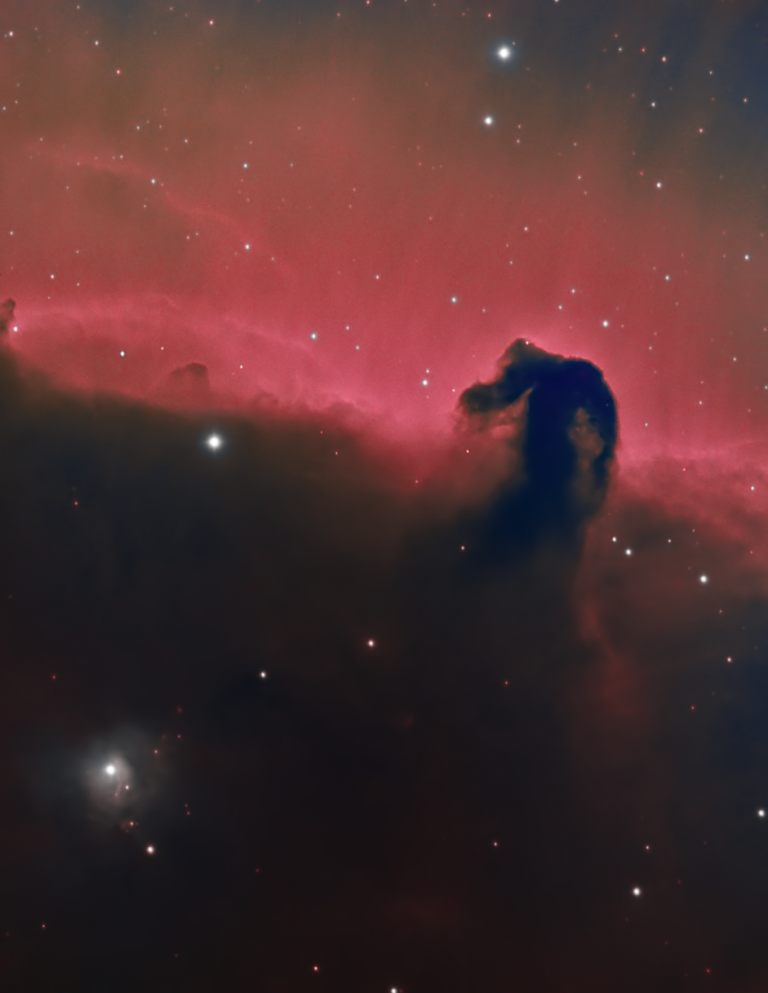
Horsehead Nebula
The iconic Horsehead Nebula, near Orion’s belt. Shot in narrowband over two evenings.
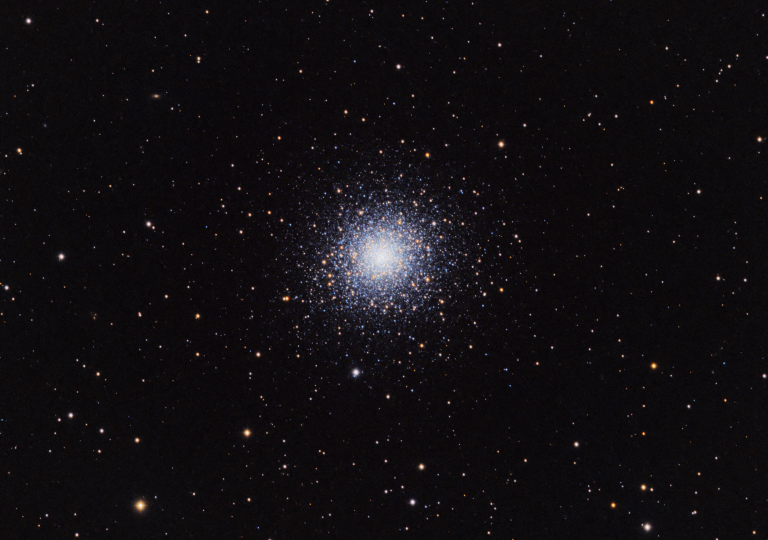
Globular cluster M92
Globular clusters are mysterious objects – they are dense clusters of stars, some containing hundreds of thousands of them. And they’re not within the plane of the Milky Way galaxy; they are scattered around it. How they formed is a bit of a mystery. Did they form with our galaxy, or are they the cores…
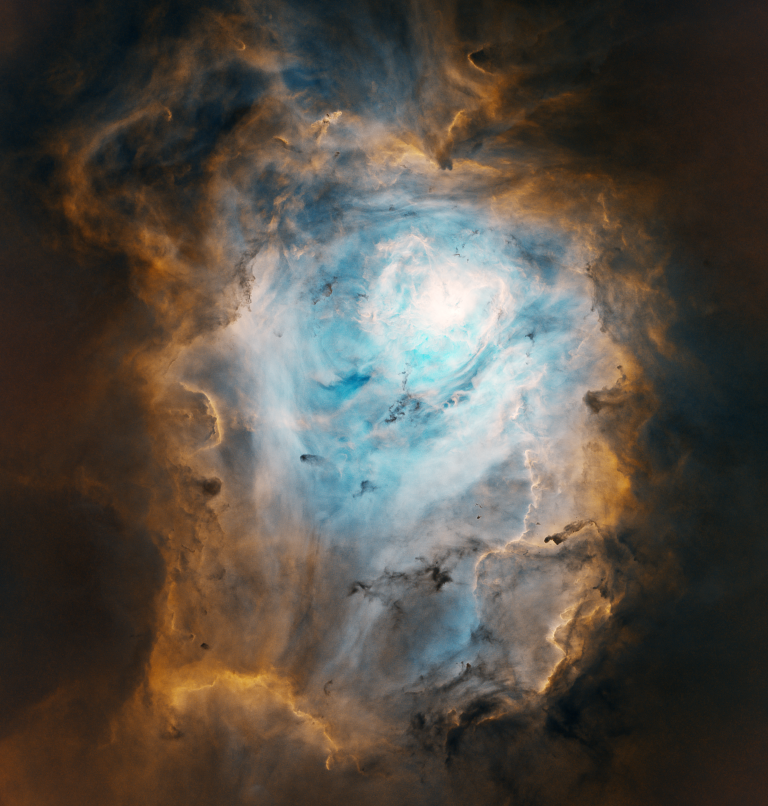
The Lagoon Nebula (M8)
This is a bright, popular nebula deep within the summer Milky Way… but it’s low in the sky, and this is the first time I’ve been able to capture it above the trees. Still, short summer nights and cloudy summer weather present its challenges. Shown processed in the “Hubble palette” and an approximation of its…

